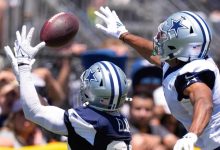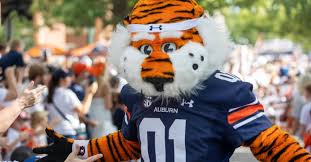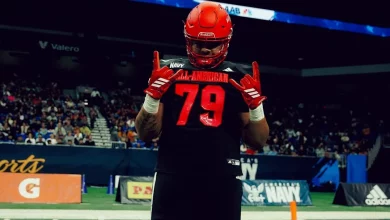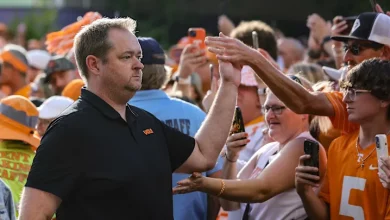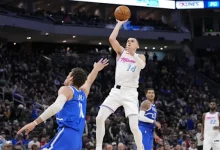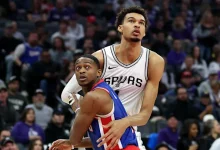House v. NCAA settlement payments on hold amid legal challenge from female athletes on Title IX grounds
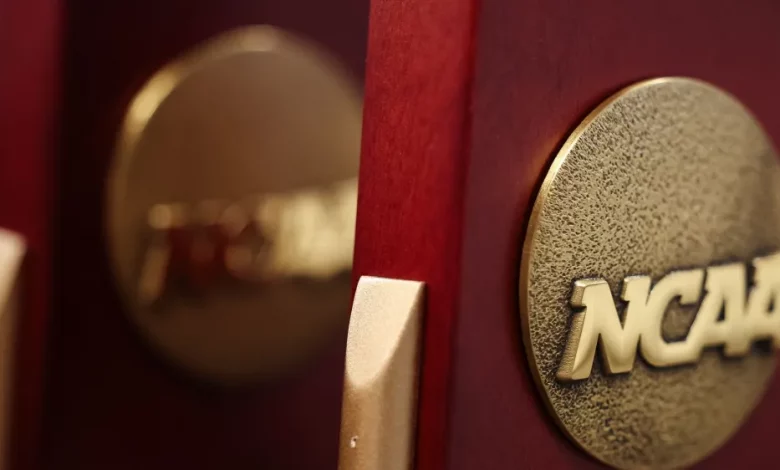
The House v. NCAA settlement, a landmark $2.8 billion agreement approved by U.S. District Judge Claudia Wilken in June 2025, marks a transformative shift in college athletics. For the first time, NCAA Division I schools are permitted to directly compensate athletes for their name, image, and likeness (NIL), a move that dismantles the long-standing amateurism model. The settlement provides nearly $2.8 billion in back damages to current and former athletes and establishes a new economic model, allowing schools to pay up to $20.5 million annually to athletes, with the cap increasing over the settlement’s 10-year span .
However, the settlement has faced significant opposition, particularly from female athletes and advocates for gender equity. Eight female college athletes from Vanderbilt, the College of Charleston, and Virginia have filed an appeal against the settlement, arguing that it violates Title IX by failing to fairly compensate female athletes. They claim that the settlement unfairly favors male athletes, particularly football and basketball players, who are expected to receive a large share of the compensation. Their legal team asserts that the current damage calculations exclude considerations mandated by Title IX and therefore deprive women of approximately $1.1 billion .
The settlement’s allocation has been a point of contention. Approximately 90% of the $2.8 billion in backpay is designated for male athletes in football and basketball, while just 5% is set aside for women’s basketball and another 5% for all remaining athletes across every other men’s and women’s sport. Critics argue that this distribution disproportionately benefits male athletes and violates Title IX, which mandates gender equity in college athletics .
In response to these concerns, Judge Wilken has ordered the attorneys negotiating the settlement to “go back to the drawing board” to resolve issues related to the distribution of funds and the involvement of booster collectives. She expressed concerns that the settlement’s terms could allow booster collectives to circumvent NCAA rules and potentially undermine the intended equitable distribution of funds .
The appeal and subsequent legal proceedings could delay the distribution of payments to athletes by several months. The Ninth Circuit Court of Appeals is scheduled to hear the appeal, and the outcome will determine whether the settlement proceeds as planned or requires significant revisions to ensure compliance with Title IX and fair compensation for all athletes.
The House v. NCAA settlement represents a pivotal moment in the evolution of college athletics, challenging traditional models and prompting critical discussions about equity, compensation, and the future of student-athletes. As legal challenges continue, the resolution of these issues will shape the landscape of collegiate sports for years to come.


